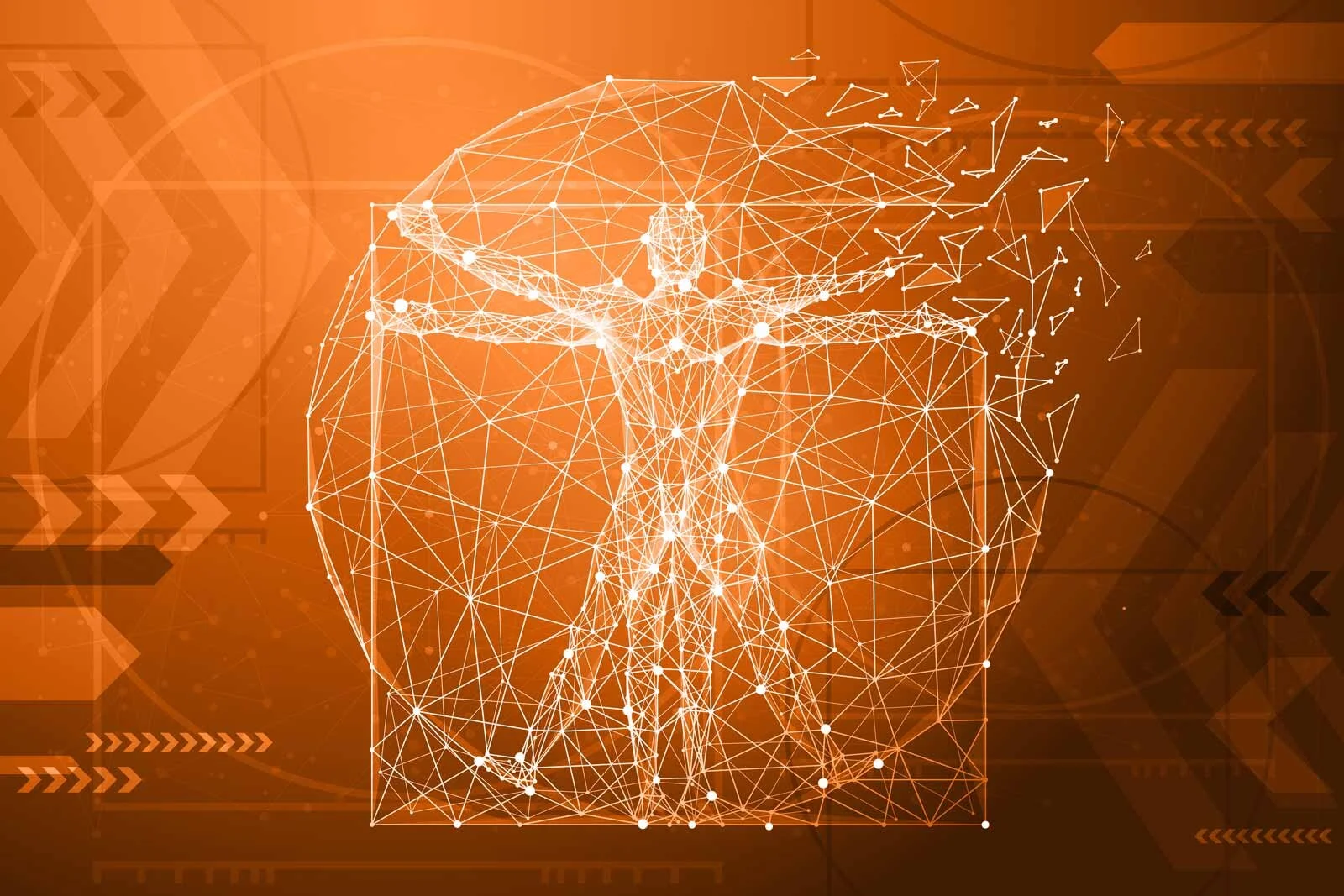As you work towards creating your first full prototype, it is worth reviewing the goals for its purpose and understanding the testing process. Many new innovators mistakenly think their initial prototype should be a fully functional version of the final product ready for manufacturing. However, the prototype is just a significant step in the research and development process, and likely not the finished product for store shelves.
What is a Prototype?
Let’s do a quick dive into what a prototype is and what it is not in the realm of product development. During the development of an innovative product idea, there are a couple of discovery stages that take place so that developers can learn and mature the product concept towards reality.
The first stage of discovery is theoretical concept development such as sketches, computer-aided design (CAD), visual renderings, or spreadsheet calculations, to name a few. This is in preparation for the second stage: practical experimentation. Each can take various forms, however, let's focus on the three types of prototypes we generally use at Kickr Design: Concept Test, Feature Prototype and Full Prototype.
Concept Test
A Concept Test is an early step used to evaluate a possible design or engineering direction. It typically would not look anything like a product, as it would intend to simply test a singular concept that was developed from a brainstorming or ideation phase. The results would be reported in a test report and would help evaluate the concept's viability in the product.
Feature Prototype and Full Prototype
A Feature Prototype is an interim step performed anytime during development. This allows engineers to create a test setup for specific features, testing how they interact to achieve a desired result. This experiment helps identify differences between engineering design theory and real-world performance by isolating features from the larger system.
For example, when designing a car, engineers focus on different aspects like the engine, electronics, and seat functions separately. After learning from these individual experiments, they refine each system until they work well enough on their own. Then, these systems are brought together to create a complete vehicle. Therefore, a Full Prototype is the total sum of all the working features into one embodiment of the product.
So, You Have Your First Full Prototype. What Now?
For the many reasons you have for creating a prototype, each of those reasons falls into all, some, or one of these three general categories:
1. User/Utility Testing
This is the most common method, where innovators check if their product works as intended and find areas for improvement. It involves testing the product's functionality and ensuring a positive user experience.
2. Seeking Investment
Venture capitalists and crowdfunding efforts often need more than just static models or digital concepts with optimistic explanations; they require concrete evidence and details. Investors want to see something work in front of their eyes even if it does not look or function perfectly yet.
3. Publicity
Innovators might make high-quality prototypes or ones close to production quality to assess before mass production, aiming to generate public interest for marketing. These are pre-production prototypes one might see at trade show exhibits to showcase what’s next and generate excitement.
At the start of your project, you set a specific goal. If it's your first full prototype, your goal likely falls into at least category 1, and possibly 2, depending on your objectives. This means that it was created for testing, learning, and making improvements over time.
Is Prototype Testing a Necessary Step Before Manufacturing?
In modern automated manufacturing, there's usually a significant initial investment in tools, assembly line setup, and supply logistics. To maximize your returns, it makes business sense to minimize financial risks in the marketplace.
Don't assume that others will love your prototype as much as you do. If the product doesn't perform well and has a bad user experience, a consumer might not have the same emotional attachment. At best, you might break even with warranty work; at worst, a user could get hurt during normal use.
In today's social media era, information spreads quickly through reviews. Investing heavily in mass production based on an untested prototype is a risky move.
In the past, inventors made many prototypes over the years to improve each model. However, in the 21st century, with CAD, rapid prototyping, off-the-shelf components, and lessons from existing products, progressing to a final prototype is faster. While testing leads to refinements and extra costs, spending a smaller amount on prototype revisions now is safer than risking larger financial losses due to market backlash later.
Testing Your Prototype
You might ask yourself, “What’s the best way to approach prototype testing?” This is a great question, and it has many answers depending on what your product’s utility is and who or how it will be used.
Expert Testing
When you get your first full prototype, you and your team should be the first to test it. You defined its goals, so you're the expert to check if it meets its functional objectives.
This is known as "expert testing" where the product design experts act as the initial test group. If the prototype's basic functions don't pass the expert team's evaluation, there's little reason to involve "focus-testers," who are selected individuals from the product's market. As the expert testers, you and your team determine the prototype's general criteria for acceptable performance.
For example, here’s a list of high-level questions to get you started:
● For its utility features, does it work…
o Better than intended?
o As intended?
o Worse than intended?
● For its user-experience…
o Is the product intuitive to operate?
o Is the product delightful? Or is it burdensome to use?
o Is the product safe to operate under conditions of intended use?
o Is the product safe from intended cursory handling by the operator?
● For its market…
o Will this fill the niche or general market intended for your user demographic?
o Does aesthetics fall in line with current design trends or is it intentionally different?
Create specific performance criteria tailored to your market. Based on how satisfied your initial test group is with the prototype meeting these criteria, you can then decide whether to proceed to focus testing.
Focus Testing
As stated earlier, your focus testers should be common members of the market who would likely purchase and use your product. Without too much fanfare and explanation, other than that of obvious safety as necessary, let your focus testers attempt to operate as they think they should. Observe and hold back your judgment on how you think they should be operating it.
In this way, you can evaluate their honest and instinctive user behaviors, frustrations, and delights. Encourage those who seem to be agreeable personalities to judge critically by being indifferent or even critical of yourself by mentioning your dislikes.
The key here is to not be salesy. You’re not trying to sell your product during testing by persuading your testers one way or another, you are looking for honest feedback on what performance features they resonate with and disagree with. You may find that as you test, you may have to create new criteria as your focus-testers provide feedback that you did not anticipate.
Using Feedback for Revisions
After each focus-tester session, use their feedback and record it as data to make design revisions for the next prototype improvement. If you are unsure of what feedback deserves more priority than others, a common strategy is to pay the most attention to overlapping feedback, or in other words, feedback intent that seems to repeat between focus testers.
You and your design team are the arbiters of when you have tested enough to finalize the design and create another prototype to test or make the final push toward Design for Manufacture (DFM).
Remember your ultimate objective in testing is to be certain you are satisfied that a prototype demonstrates the most adaptation to its end-user within the criteria set forth, keeping in mind the limits of your future manufacturing costs. With each iterative refinement made before DFM, you are progressively mitigating your risk of a poorly performing product.
Ready to Advance Your Prototyping Process? We Can Help!
At Kickr Design, we understand the importance of a successful prototype at every stage of development. Whether you're starting from theoretical concepts or seeking refinements for your final prototype, we're here to assist you.
Our In-House Prototyping Capabilities Include:
Why Choose Us:
Don't hesitate to take the next step in bringing your product to life. Contact us here for expert assistance in the prototyping process.

